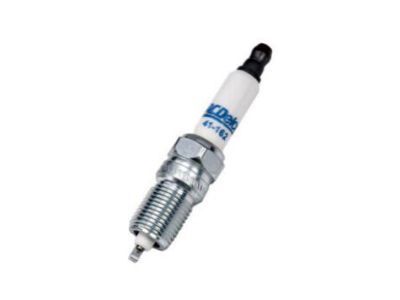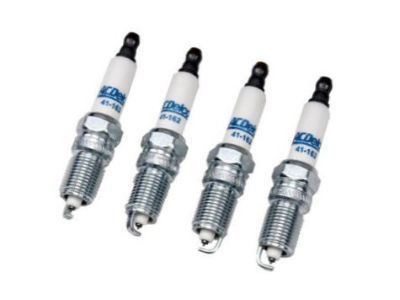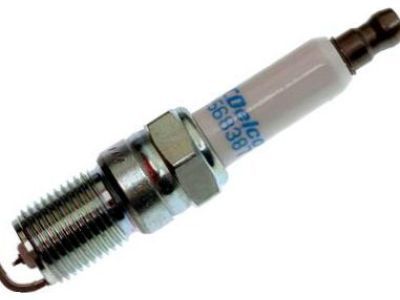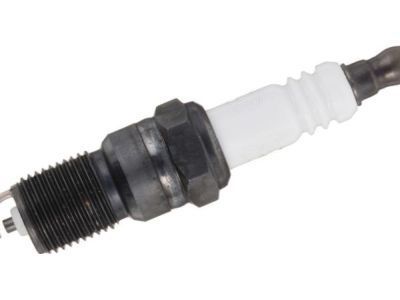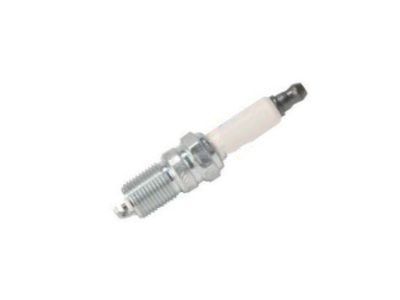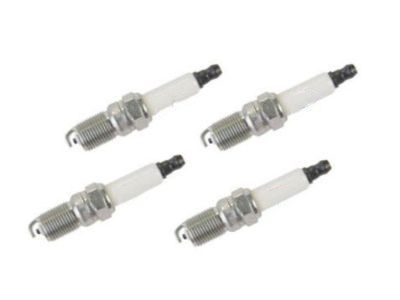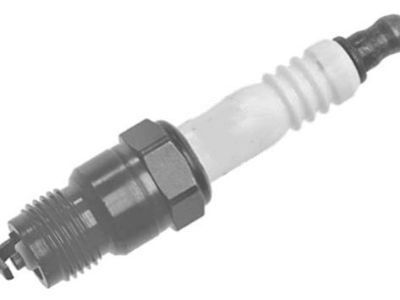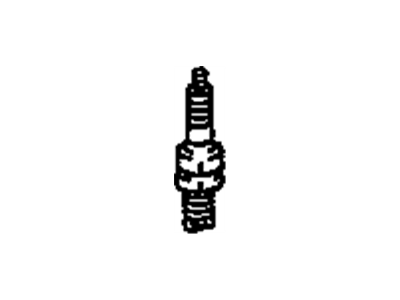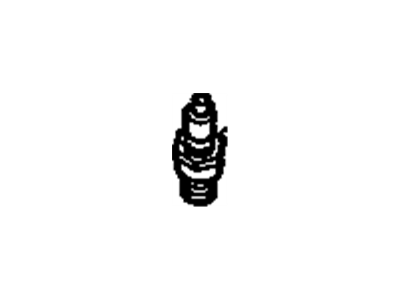
My Garage
My Account
Cart
Genuine Pontiac Firebird Spark Plug
Ignition Spark Plug- Select Vehicle by Model
- Select Vehicle by VIN
Select Vehicle by Model
orMake
Model
Year
Select Vehicle by VIN
For the most accurate results, select vehicle by your VIN (Vehicle Identification Number).
23 Spark Plugs found
Pontiac Firebird SPARK PLUG ASM,GAS ENG IGN
Part Number: 19417055$9.36 MSRP: $17.02You Save: $7.66 (46%)Ships in 1-3 Business DaysPontiac Firebird Spark Plug Assembly, Gas Eng Ign
Part Number: 12681664$9.05 MSRP: $16.46You Save: $7.41 (46%)Ships in 1-2 Business DaysPontiac Firebird Spark Plug Asm
Part Number: 19300749$2.22 MSRP: $4.18You Save: $1.96 (47%)Ships in 1-3 Business DaysPontiac Firebird Spark Plug Asm
Part Number: 19301808$7.72 MSRP: $14.56You Save: $6.84 (47%)Ships in 1-3 Business DaysPontiac Firebird Spark Plug Asm
Part Number: 19300382$2.22 MSRP: $4.18You Save: $1.96 (47%)Ships in 1-3 Business DaysPontiac Firebird Spark Plug Asm
Part Number: 19300875$7.57 MSRP: $13.76You Save: $6.19 (45%)Ships in 1-3 Business DaysPontiac Firebird Spark Plug Asm
Part Number: 19301813$7.64 MSRP: $14.42You Save: $6.78 (48%)Ships in 1-3 Business DaysPontiac Firebird Spark Plug Pkg
Part Number: 88901006$7.29 MSRP: $13.76You Save: $6.47 (48%)Ships in 1-3 Business DaysPontiac Firebird Spark Plug Asm
Part Number: 19305821$7.29 MSRP: $13.76You Save: $6.47 (48%)Ships in 1-3 Business DaysPontiac Firebird Spark Plug Asm
Part Number: 19308035$7.57 MSRP: $13.76You Save: $6.19 (45%)Ships in 1-3 Business DaysPontiac Firebird Spark Plug Asm
Part Number: 19354416$2.40 MSRP: $4.36You Save: $1.96 (45%)Ships in 1-3 Business DaysPontiac Firebird Spark Plug Asm,Gasoline Engine Ignition
Part Number: 19354421$2.22 MSRP: $4.18You Save: $1.96 (47%)Ships in 1-3 Business DaysPontiac Firebird Spark Plug Asm,Gasoline Engine Ignition
Part Number: 19354418$2.30 MSRP: $4.18You Save: $1.88 (45%)Ships in 1-3 Business DaysPontiac Firebird Spark Plug Asm
Part Number: 19302742$2.60 MSRP: $4.72You Save: $2.12 (45%)Ships in 1-3 Business DaysPontiac Firebird Spark Plug Asm,Gasoline Engine Ignition
Part Number: 19354415$2.30 MSRP: $4.18You Save: $1.88 (45%)Ships in 1-3 Business DaysPontiac Firebird Spark Plug
Part Number: 5614168$2.22 MSRP: $4.18You Save: $1.96 (47%)Ships in 1-2 Business DaysPontiac Firebird Spark Plug Asm,Gasoline Engine Ignition
Part Number: 19354427$2.76 MSRP: $5.02You Save: $2.26 (46%)Ships in 1-3 Business DaysPontiac Firebird Spark Plug Asm
Part Number: 19302723$2.66 MSRP: $5.02You Save: $2.36 (48%)Ships in 1-3 Business DaysPontiac Firebird Spark Plug
Part Number: 5614046$2.22 MSRP: $4.18You Save: $1.96 (47%)Ships in 1-2 Business Days
| Page 1 of 2 |Next >
1-20 of 23 Results
Pontiac Firebird Spark Plug
Spark Plug of Pontiac Firebird cars is among the imperative components that initiates combustion by producing the first spark required to burn the mixture of fuel and air in the vehicle's engine. These plugs have a central electrode, a metal terminal and are enclosed in a steel casing having ceramic insulator. The Copper/Nickel, platinum, Iridium and double platinum Spark Plugs are available in the market and all are not of the same type; the platinum ones have a greater life span and the double platinum are more effective in their performances compared to the Copper/Nickel Spark Plugs. A massive amount of voltage is created by the ignition coil to make the spark with Spark Plugs discharging hundreds of times every minute. Component properties such as Spark Plug diameter, the pitch of the thread, and the heat range all have to be optimized according to the design of the specific engines to be used in order to provide maximum efficacy and durability. Timely replacement of Spark Plugs should be done to avoid issues such as misfires, rough idle and poor fuel economy.
Each OEM Pontiac Firebird Spark Plug we offer is competitively priced and comes with the assurance of the manufacturer's warranty for the part. Furthermore, we guarantee the speedy delivery of your orders right to your doorstep. Our hassle-free return policy is also in place for your peace of mind.
Pontiac Firebird Spark Plug Parts Questions & Experts Answers
- Q: What tools do you need to replace spark plugs on Pontiac Firebird?A:To replace spark plugs, you'll need appropriate tools like a plug wrench or spark plug socket, a feeler gauge to check and adjust gaps, a spark plug wire removal tool, and a rubber hose to ease installation. Purchase new spark plugs based on your engine's specifications from the Emissions Control Information label or owner's manual, and adjust their gaps as needed. Allow the engine to cool completely before replacing the plugs, inspect each new plug for defects, and check the gaps. Cover the vehicle's fenders to protect the paint. With a cool engine, remove one spark plug wire by gently pulling on the boot using a twisting motion or a removal tool. Use compressed air or a bicycle pump to clear debris around the plug area to prevent foreign material from falling into the cylinder. Then, use a spark plug wrench or socket to remove the plug counterclockwise. Compare the old spark plug's condition to the reference images. For installation, insert the new plug into a rubber hose, ensuring flexibility for proper angle alignment and protection against damaged threads. Tighten it with a torque wrench for secure seating, reattach the plug wire, and follow this procedure for the remaining plugs, replacing them one by one to avoid wire mix-ups.
Related Pontiac Firebird Parts
Browse by Year
2002 Spark Plug 2001 Spark Plug 2000 Spark Plug 1999 Spark Plug 1998 Spark Plug 1997 Spark Plug 1996 Spark Plug 1995 Spark Plug 1994 Spark Plug 1993 Spark Plug 1992 Spark Plug 1991 Spark Plug 1990 Spark Plug 1989 Spark Plug 1988 Spark Plug 1987 Spark Plug 1986 Spark Plug 1985 Spark Plug 1984 Spark Plug 1983 Spark Plug 1982 Spark Plug
